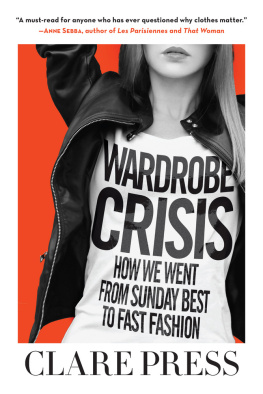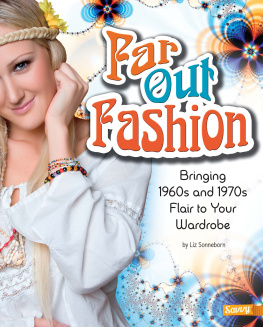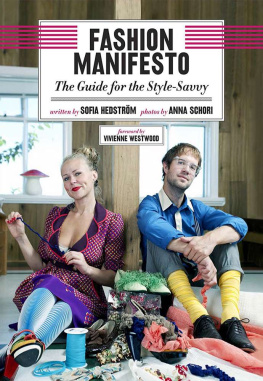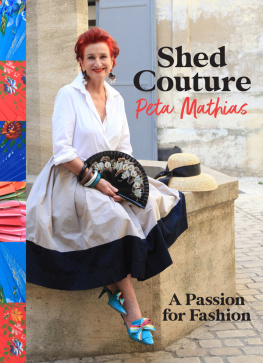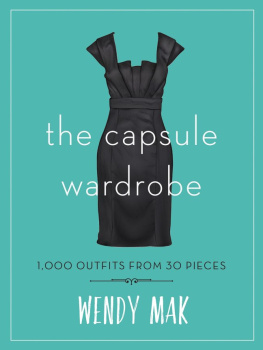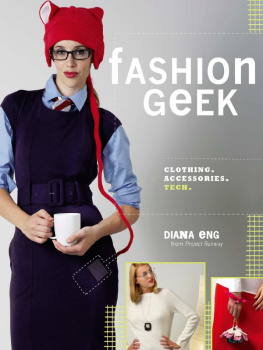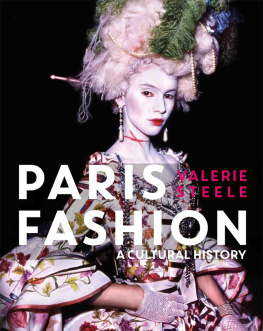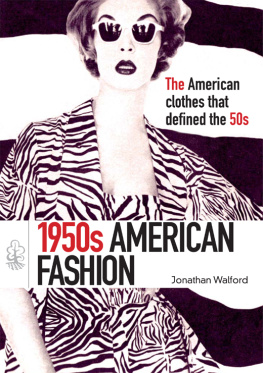


Copyright 2016, 2018 by Clare Press
Originally published in 2016 by Nero, an imprint of Schwartz Publishing Pty Ltd.
All rights reserved. No part of this book may be reproduced in any manner without the express written consent of the publisher, except in the case of brief excerpts in critical reviews or articles. All inquiries should be addressed to Skyhorse Publishing, 307 West 36th Street, 11th Floor, New York, NY 10018.
Skyhorse Publishing books may be purchased in bulk at special discounts for sales promotion, corporate gifts, fund-raising, or educational purposes. Special editions can also be created to specifications. For details, contact the Special Sales Department, Skyhorse Publishing, 307 West 36th Street, 11th Floor, New York, NY 10018 or .
Skyhorse and Skyhorse Publishing are registered trademarks of Skyhorse Publishing, Inc., a Delaware corporation.
Visit our website at www.skyhorsepublishing.com.
10 9 8 7 6 5 4 3 2 1
Library of Congress Cataloging-in-Publication Data is available on file.
Cover design by Rain Saukas
Print ISBN: 978-1-5107-2342-9
Ebook ISBN: 978-1-5107-2343-6
Printed in the United States of America
If you want social justice, be a public servant. Fashion is ephemeral, dangerous and unfair.
Karl Lagerfeld
Its only in the last 150 years weve had the resources to fuel this consume-discard society. Well, guess what? That partys over.
Yvon Chouinard
Who is more demented? The world of the insane or the world of the insanely fashionable?
Simon Doonan
Contents
Foreword
by Sarah Wilson
Theres a conversation I feel we need to have. The Zeitgeist is so ripe for it. And, yes, were all having a Wardrobe Crisis.
If I were to kick off such a conversation, Id probably cut to the chase with this hoary barbecue stopper: Why do we consume? On my blog, where I often write about minimal living and sustainable practices, commenters get positively outraged when I raise the issue. Like Ive asked them to stop taking in air.
Many of my friends and peers will cross suburbs to buy the right organic tomato, and will opine righteously about open-cut mining, and yet fail to question their handbag addiction or their excessive shoe collection. The topic makes them uncomfortable. And yet we need to ask ourselves these questions.
Why do we shop the way that we do? What is it doing for us? Whats it doing to us, to the planet, and to our collective happiness? Why is the amassing of more and more stuff seen as normal? Why is a fashion shopping obsession seen as something fun, perhaps a bit hapless, but definitely status-serving when added to the description in your Instagram bio?
Decluttering has become just another opportunity to buy more stuff storage boxes and fancy wardrobe solutions and, of course, replacement items when you realise you actually did need that backless, strapless bra contraption you tossed last week. The best antidote to our current Wardrobe Crisis is to be a mindful consumer in the first place.
By now most of us have read the studies that tell us shopping is no surefire route to happiness. Often, quite the opposite. Were also aware of the fact that much of the fashion we consume is getting cheaper and more disposable, and that the global fashion industry is increasingly reliant on unsustainable practices.
And yet this is not an anti-fashion book. Clare lives and breathes fashion, and delivers a persuasive argument for its power as a both a creative force and an agent for change.
For many of us, what we wear is an expression of ourselves. Even I am not entirely immune to the allure of quality, crafted fashion and the perfect pair of green shorts. So I guess the next question we need to ask, in the conversation that we need to have, is this: How should we consume our clothes?
Mercifully, Clare has stepped up to lead this one, and to stimulate the conversation. Which big issues are key for the fashion industry of the future? What are designers doing to revolutionise it? Which retailers are stepping up? How should we buy our wool, our cotton, our synthetics and our silks? How should it be produced, woven, dyed, printed and sewn? And how can we make greener choices when it comes to what we wear?
I now hand the barbecue-stopping baton over to her
Sarah Wilson, January 2016
Introduction
Since when was too much not enough?
This was my canary-in-the-coalmine moment. It was the summer of 2013 and I was dressing for a party. For the life of me I could not find a particular gold lam blouse with a ruffled collar Id worn precisely twice before. I wore a different metallic blouse, but I was sad about the ruffles.
The next day I was walking past my local laundry when the owner darted into the street and caught me by the coat tails.
Get off! I said. This coat is brand new.
You left your stuff here before Christmas, she said. You pay.
Sixty bucks later, I stumbled out carrying what felt like a body bag, complete with cadaver. Through the sweating plastic I spied the ruffled blouse. It was snagged on one elbow.
I had a memory flash of an elderly neighbour darning socks, then couldnt work out if she really had lived next door or if Id just seen her on the telly. I mean, who darns? Ive chucked stuff out on the mere rumour of a hole; bet you have too. And apparently I value my clothes so little I can forget about huge piles of them languishing in the laundromat.
I didnt mend the blouse (I stuffed it in a charity bin), but I did mend my ways after that.
Until the next time.
I was about to start a new job, when I had a brainwave. Skirts! Thats what I need. More specifically, several new versions of a skirt I already owned, but in different fabrics.
I spent hours combing stores, both online and on the street: Zara, which injects new stock twice weekly; H&M, which had recently taken over the entire 5000-square-metre Melbourne GPO building; Net-A-Porter, which presented me with 291 high-end skirt options, by some of its 1200-plus different brands (although some of these skirts, I have to say, would be more accurately termed belts). I tried Topshop, which as its creative director Kate Phelan once told me drops in the region of 7000 new garment styles each year. Finally, I scoured ASOS, which broke down my choices by colour, price (from $11.76!) and style (A-line, mini, midi, maxi, pencil, skater). Nada. Hated them all. Was it really possible I couldnt find a single skirt I liked?
I asked my friend Liane Rossler, who runs sustainable design collective Supercyclers, if she had any tips and she told me about the rats. Apparently they get more excited about the anticipation of food than they do when it comes to actually eating it. Its science, and stuff.
The feeling of desire, of anticipation, sometimes thats better than the actual getting, she said. Maybe its the chase that excites you?
Im not seeking thrills, I snapped. By this point I was shouting and people were beginning to stare. Im desperately seeking skirts.
Doesnt look that way to me, she said, with a knowing smile.
By the time Id put my bags down to free a hand to slap her with (there was a fair bit of collateral shopping damage, you see, an unavoidable side effect of the skirt hunt), shed already started to walk away.
Next page
